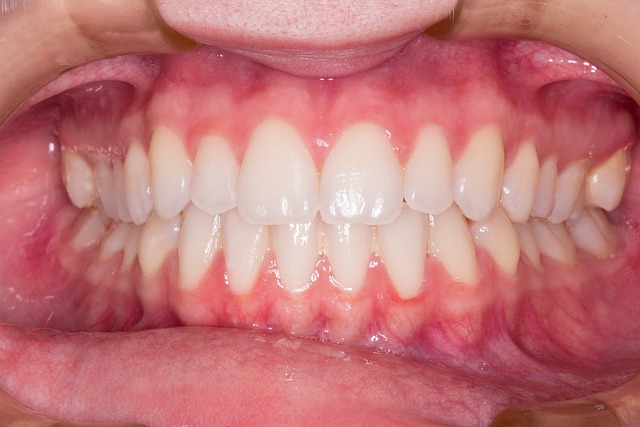Definitive Dental Implant Guide for Restoring Smiles
Explore how dental implants can restore function, appearance, and jawbone health. This comprehensive guide covers who qualifies for implants, the step-by-step surgical and healing process, benefits versus dentures and bridges, potential complications, and typical cost ranges including bone grafting and implant-supported dentures. Learn what to expect so you can make an informed choice about permanent tooth replacement and long-term oral health.

Who is a suitable candidate for dental implants?
Dental implants are an excellent option for many people missing one or more teeth, but ideal candidates typically have good overall oral health and sufficient jawbone to secure an implant. Active gum disease should be treated before implant placement, and patients must be committed to diligent home care and routine dental visits. Even when bone has been lost, procedures such as bone grafting often make implants possible. Age alone rarely prevents implant therapy; systemic health matters more. Certain factors, including uncontrolled diabetes or heavy tobacco use, can lower the chances of a successful outcome and should be reviewed with your dental provider.
What does the implant treatment process involve?
Implant therapy generally occurs in stages over several months to allow for healing and predictable results:
- Comprehensive evaluation: Your dentist will perform a full oral exam with X-rays and frequently 3D imaging to evaluate bone volume, tooth alignment, sinus anatomy, and nerve locations. These records inform a customized treatment plan.
- Surgical placement: A biocompatible implant, most commonly a titanium post, is surgically positioned into the jawbone to serve as an artificial tooth root.
- Healing and osseointegration: Over the following weeks to months, bone integrates with the implant surface in a process called osseointegration, which provides long-term stability.
- Abutment connection: After successful integration, an abutment is attached to the implant to link the implant to the final prosthetic.
- Final restoration: A custom-made crown, bridge, or denture is fabricated and secured to the abutment to restore appearance and function.
Temporary restorations can be used during the healing phase so patients can eat and smile confidently while the implant site matures.
Advantages of dental implants
Compared with removable dentures and conventional bridges, implants offer several compelling benefits:
- Natural aesthetics and function: Implant-supported restorations are designed to mimic the look and feel of natural teeth.
- Stable and fixed support: Because implants are anchored in bone, they resist movement and do not need to be removed daily like many dentures.
- Preservation of jawbone: Implants stimulate the underlying bone, helping to prevent the bone loss that follows tooth extraction and supporting facial contours.
- Better chewing and speech: With a secure foundation, patients typically experience more efficient chewing and clearer speech than with many removable options.
- Long-term value: With proper maintenance and regular dental check-ups, implants often last many years and can be a cost-effective solution over time.
Potential risks and complications
Although success rates for implants are high, complications can occur. Possible issues include infection around the implant, damage to adjacent teeth or blood vessels during surgery, nerve injuries that cause numbness or altered sensation, and sinus complications when upper-jaw implants extend into sinus cavities. Rarely, implants may fail to integrate or be lost. Choosing an experienced implant dentist, following post-op directions, and maintaining excellent oral hygiene reduce these risks.
Typical costs and factors that influence price
Implant treatment costs vary based on geographic location, clinician expertise, number of implants, and whether additional procedures are required. Typical price ranges are:
- Single implant (implant, abutment, crown): $3,000 to $4,500
- Implant-supported dentures: $15,000 to $30,000 per arch
- Full-mouth implant solutions: $20,000 to $50,000 or more
Costs are affected by the type and number of prosthetics, complexity of the case, materials selected, and whether bone grafting or sinus lifts are necessary. Although initial outlays for implants may exceed alternative treatments, their longevity and functional advantages often make them more economical in the long run. Always request a detailed estimate and treatment plan before proceeding.
Conclusion and next steps
Dental implants represent a significant advancement in tooth replacement, combining durable function, lifelike aesthetics, and preservation of jawbone. They require thoughtful planning, possible preparatory procedures, and a commitment to oral hygiene, but many patients find the long-term benefits justify the investment. If you are considering implants, schedule a consultation with a qualified implant dentist to review your medical and dental history and determine the best individualized treatment. This article is intended for educational purposes and does not replace professional medical advice. Consult a licensed healthcare provider for personalized recommendations.






